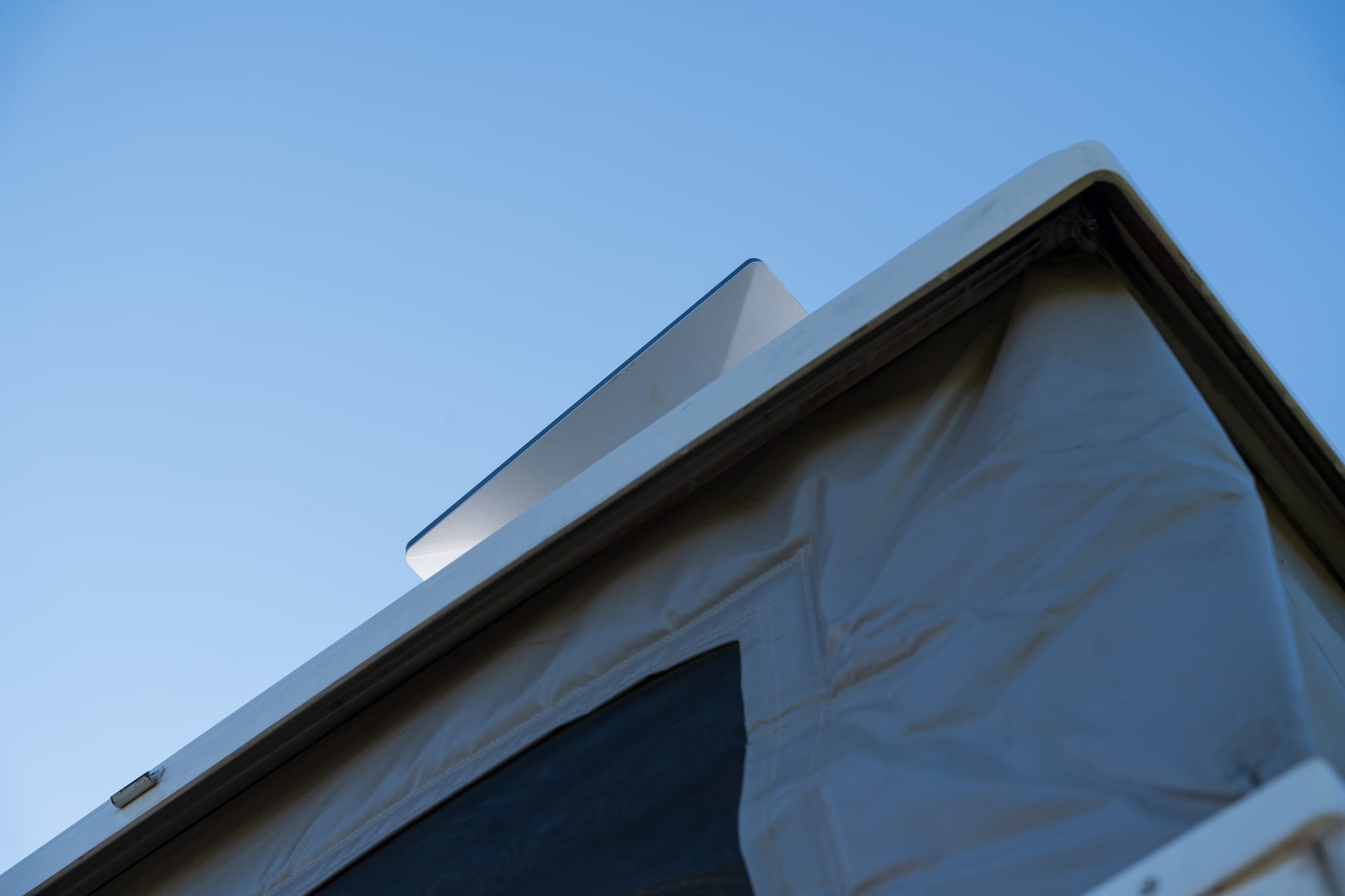Is Starlink Mini In Motion good enough for remote work while traveling?
We've wondered if using the Starlink Mini in motion would offer better reliability than cell coverage alone for remote work and connectivity. To answer this question, we decided to test the Starlink Mini on a road trip from Maryland and Pennsylvania back to Colorado, spanning three days.

Over the past couple of years, we’ve been traveling with a Starlink Mini and frequently setting it up at camp. It has been an invaluable tool for planning days ahead, downloading maps on apps like OnX Offroad, checking in with friends and family, and working remotely. However, once our tasks are done, we usually put our Starlink away to enjoy the location we’re in and the company of those around us.
Why Use Starlink Mini in Motion?
Not all of our travels take us down scenic dirt roads or adventurous tracks. Many of the miles we cover are on highways and interstates—often hundreds or even thousands of miles between the destinations where we camp, adventure, and play. These long stretches are perfect for working remotely while on the move, with one of us driving and the other working.
Until now, we’ve relied on cell coverage for connectivity during these drives. Recently, we wondered if using the Starlink Mini in motion would offer better reliability than cell coverage alone. To answer this question, we decided to test the Starlink Mini on a road trip from Maryland and Pennsylvania back to Colorado, spanning three days.
Key Questions We Wanted to Answer
- Is it reliable?
- Does it work well for remote work, including tasks beyond emails and Slack, like live video meetings?
- How much bandwidth and power does it use in motion?
- What types of obstructions affect its performance?
Findings from the Road
Reliability on Highways and Interstates
On multi-lane highways and interstates, the Starlink Mini performed impressively. With few obstructions, it maintained a consistent and reliable connection, suitable for all types of work. Overpasses occasionally caused a brief disruption, but these were minor—a split-second blip or robotic voice during video calls. Compared to the longer outages experienced with weak cell coverage, this was a significant improvement.
Challenges on Narrower Roads
On single-lane roads with trees, rocks, and other obstructions closer to the road, the Starlink Mini struggled more. Partial obstructions led to brief drops in connectivity, ranging from seconds to a minute or more in densely wooded areas. While this might be manageable for casual tasks, important meetings or critical work could be interrupted, making it less ideal unless the vehicle is stationary.
Campsites and Gas Stations
Ironically, campsites proved to be the most challenging places for the Starlink Mini. Trees, rocks, and other natural features often obstruct the view of the sky. We frequently had to remove the Starlink Mini from the roof and set it up on a tripod using our DIY 3D-printed tripod adapter. This allowed us to position it away from obstructions, ensuring a strong connection.
Gas stations posed another challenge. Covered service areas completely block the view of the sky, causing dropped connections. Planning for these interruptions or choosing older-style gas stations without coverings can help.
Bandwidth and Power Usage
During our trip, the Starlink Mini used about 25 watts of power—easily covered by our solar panels. Bandwidth was plentiful, with speeds of up to 161 Mbps down and 22 Mbps up. Over three days, we used approximately 15 GB of data, averaging about 5 GB per day. This included both casual smartphone use and 4-6 hours of laptop work.
Choosing the Right Plan
Our findings also shed light on which Starlink plan might work best for travelers:
- Roam 50 GB Plan: Ideal for part-time travelers using the Starlink Mini occasionally.
- Unlimited Plan: Better suited for full-time travelers or those with high data demands, such as streaming or uploading large files.
Should You Use Starlink Mini in Motion?
For long highway drives, the Starlink Mini is a game-changer, offering reliable connectivity with minimal interruptions. On narrower roads or in more remote areas, performance varies based on obstructions. In these cases, combining Starlink with cellular service through Wi-Fi Assist may provide better results.
That said, mounting the Starlink Mini on the roof permanently may not be the best solution. Low-hanging obstacles, such as tree branches, could damage the device. We’re exploring alternative mounting options, like placing it on the hood or inside a window for easier removal.
Final Thoughts
While the Starlink Mini isn’t perfect, it’s a promising tool for staying connected on the road. Its "kryptonite" remains obstructions that block the sky, so its effectiveness will depend on where you travel. We plan to continue testing it on future adventures and adapting our setup to make the most of its capabilities.
If you’re considering a Starlink Mini for travel, we highly recommend investing in a portable tripod adapter like ours. It’s an essential piece of gear for ensuring a clear view of the sky and a reliable connection, whether you’re on the move or at camp.
At Bantha Overland, we’re committed to sharing insights and tools that inspire and enable more people to explore the outdoors. Whether you’re finding dispersed campsites, tackling DIY gear projects, or balancing work and play, we’re here to help.
See you out there on the trail!
-Adam
